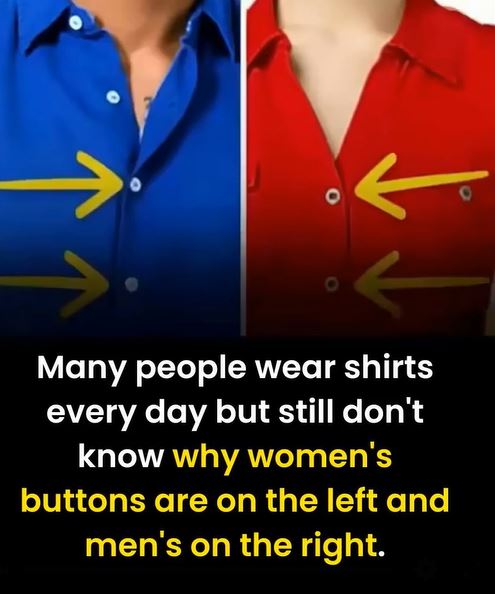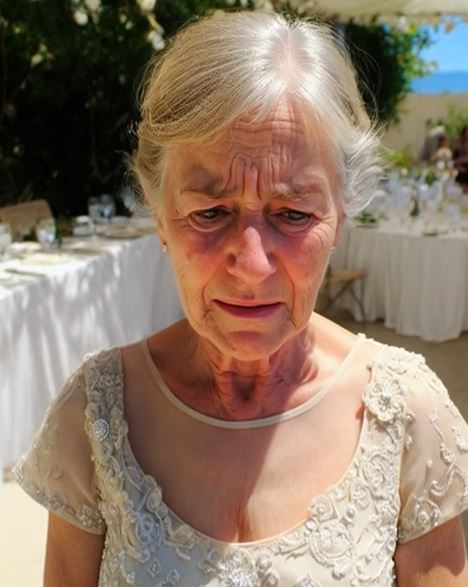If you look closely at the shirts in any closet, you’ll find a silent historical divide: men’s buttons are on the right, women’s on the left. This seemingly trivial design choice is a direct window into the social hierarchies and gendered roles of the past. The reason behind this sartorial split is not rooted in biology, but in the starkly different worlds that men and women historically inhabited, and the ways clothing was designed to navigate those worlds.
The tradition for women’s clothing is particularly revealing of class and status. In the upper echelons of society, women were dressed by servants. The placement of buttons on the left was a practical decision that catered to the right-handed maid standing before her mistress. This design element, born of servitude, ironically became a marker of wealth and refinement. Even as women began dressing themselves during the 20th century, the convention remained, fossilized in tailoring patterns as a nod to a bygone era of luxury and assistance.
In contrast, men’s apparel was shaped by a need for readiness and independence. From soldiers and statesmen to merchants and craftsmen, men were expected to dress themselves quickly and efficiently. Placing the buttons on the right side allowed a right-handed man to easily fasten his own garments, whether it was a uniform for battle or a waistcoat for business. This emphasis on self-reliance and utility became encoded in the very blueprint of men’s tailoring, creating a standard that has proven remarkably durable.
This enduring tradition is a perfect example of a cultural artifact—a design that has lost its original purpose but remains due to the inertia of custom. In our modern world, where gender norms are increasingly fluid and the need for dressing assistance is rare, the button convention persists. It stands as a subtle, everyday lesson in how the artifacts of history are woven into the most mundane aspects of our lives, reminding us that fashion is never just about fabric and thread, but about the people and power structures it was designed to serve.


